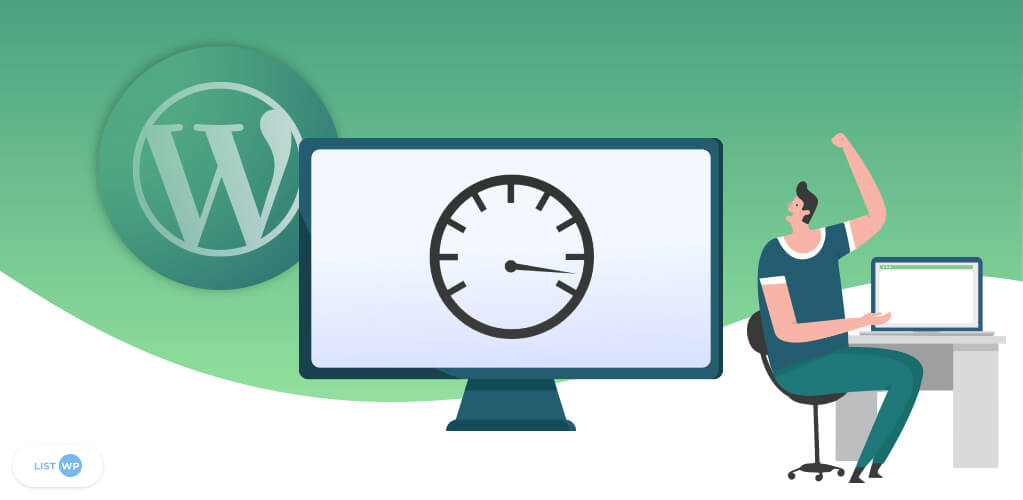SEO, or search engine optimization has been an important topic for websites online since the invention of the search engine. Over the past decade, the ability to search has vastly changed and improved and many more billions of websites exist.
Some people would have you believe that SEO is dead. However, the online world is constantly changing, and so is SEO. How search engines find relevant content and which keywords are best is not a fixed point.
Search engine optimization is always making little changes to make sure that the best and most important content is available for search engines to pull for users. Because things are constantly changing in the SEO world, the tactics and practices change and evolve as well.
However, despite algorithm changes and new tactics popping up for online businesses and websites to try, there are some simple steps that websites can take to improve their overall SEO. This checklist of practices is easy to execute and a good habit for improving SEO long term.

This SEO checklist includes an excellent SEO plugin for WordPress, add alt text to all of your images, adding internal links to your content, using a sitemap, using multiple languages, and completing or updating keyword research.
These simple steps can also be completed whenever new content is added to your website or for your business. That way, SEO is almost built into your website updates and it’s less work to go back in and makes adjustments or changes later.
1) A Good SEO Plugin
The SEO Keyword Hound plugin from CreativeMinds is a great tool for streamlining keyword management and tracking competitors keywords as well. This plugin calculates the keywords you should be using based on where your competitor’s keywords already are.
This plugin is available for $59 for up to two websites and $119 for up to five websites. Simply choose your search queries, find your biggest competitors, create a keyword list, find the competitor’s keywords, and track the optimization success.
This keyword tracking plugin also integrates well with Google Analytics and Moz, can enable notifications for page owners to check content regularly, and all keywords can be imported and exported easily from CSV.
Finally, it comes with a fully-fledged video course to get you up to speed into using it to its fullest potential.
2) Use Alt Text For Images
Alt text is alternative text which can be applied to any images on your WordPress website. This alternative text allows search engines to see how relevant your image is compared to the content the image has been placed around.
The simplest way to add alt text to your images in through the media library in WordPress. There is no coding required. Simply click on an image and then hover over the edit pencil when the box appears near the top of the image. A new window will open and one of the boxes listed will be for alt text. Add the appropriate alt text to the box and click save.
It’s important to add alt text for all images on your WordPress website, so if you haven’t been doing it, it’s a good idea to go back in and add alt text. Just do it gradually over time, so Google doesn’t see all the activity as spam. It’s also a good idea to use keywords as alt text to improve their overall SEO ranking.

3) Add Internal Links
Having links on your different posts and pages on your WordPress website is a great way to boost SEO. Internal links are especially important to have because they link to content you have created or link to your landing pages.
Internal links are links that connect one post or page on your WordPress website to another post or page on the exact same website. This linking process is helpful since it helps users navigate your website and increase the time spent on your website.

4) Use A Sitemap
Sitemaps area tool that better allows search engines to determine the hierarchy of your content. When the Google or other search engine algorithm crawls over your content a sitemap gives it some guidance and more data can be pulled from your website which helps your rankings.
Google will actually crawl your website without a sitemap, although with a sitemap your pages and posts have an actual chance of being chosen to score a Google sitelink. Some SEO plugins will even have features allowing you to generate a sitemap to help improve your website’s overall SEO.
Another helpful step in improving your SEO with a sitemap is to actually submit your sitemap to Google Search Console, which will allow you to see additional details and data on the status of your WordPress website.

5) Multiple Languages
The key is keeping your website and content SEO updated is all in the details. There are dozens of countries around the world and many different languages spoken by people across the globe. Your content can reach so many more customers if your content is available in multiple languages.
Search engine also won’t ding your website for having duplicate content since it is available in a different language as long as the correct tags are used. Having someone translate content is the best way to have accuracy in other languages as well.
Conclusion
Overall, having good SEO on your website makes all the difference, since SEO can make your content more visible to more people and your content can reach people exponentially. There are a few simple changes you can make to your content to improve your optimization greatly.
These simple changes include using a feature rich SEO plugin, creating sitemap for your website so the content can be even more accessible to search engines, having content in multiple languages, adding internal links and much more.






